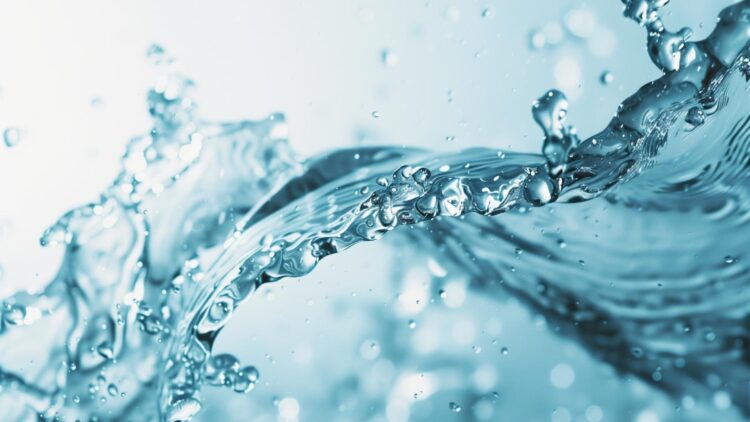Access to clean water to drink is one of the most important rights that all humans should have, but it continues to be one of the biggest challenges in many regions of the world. This challenge is becoming even greater because of climate change, as the planet keeps heating up and moving the liquid from accessible sources like rivers and lakes to inaccessible sources like the air. And that is a problem. But it seems like the problem may have been solved by a group of engineers, who have created a new device that can pull water straight from the air even in a desert climate and it does not require any electricity to do so.
The technology does not look impressive, after all it is made from a weird-looking black material that kind of resembles bubble wrap, but what it can do is nothing short of impressive, as it managed to pull over 50 milliliters of drinking water per day from the air in Death Valley, one of the hottest and driest areas in the world.
MIT mechanical engineer Chang Liu who participated on the project explained “Our atmospheric water harvesting window sets a benchmark in daily production and climate adaptability. [It represents] an advance towards practical, scalable, safe and sustainable decentralized water solutions for the most water-stressed regions.”
The new technology that could take clean water to every corner of the world
Billions of people do not have steady access to clean water, and although many organizations have spent decades trying to fix the problem in various ways, it still persists to this day because of eternal factors, but since this system would not use electricity and would not have the drawback of the liquid being polluted by lithium or salts, this device could be the turning point that no one expected.
Death Valley was the perfect place to really put it to the test as the area is one of the driest on Earth due to its orography. The material was still able to successfully extract water from this air.
“Through our work with soft materials, one property we know very well is the way hydrogel is very good at absorbing water from air,” explained MIT engineer Xuanhe Zhao. The hydrogel is shaped like bubble wrap to increase surface area, which helps it gather more water and the design keeps the lithium chloride from leaking out, with glycerol acting like a seal to hold everything in place.
The device was built by sandwiching the hydrogel panel between layers of glass and adding a special outer film to help keep it cool. At night, when the air is most humid, it pulls in water molecules and during the day, the heat causes that water to evaporate out of the gel. The vapor hits the cooler glass, condenses, and trickles down into collection channels thanks to gravity and some clever engineering.
“We have built a meter-scale device that we hope to deploy in resource-limited regions, where even a solar cell is not very accessible,” Zhao said. That’s a big deal, especially in parts of the world where infrastructure is minimal.
“This is just a proof-of-concept design, and there are a lot of things we can optimize,” Liu added. “We’re working on a next generation of the material to further improve its intrinsic properties.”
Of course, having good tech is just one part of the equation. The real challenge will be getting these devices into the hands of the people who need them most.
“It’s a test of feasibility in scaling up this water harvesting technology,” said Zhao. “Now people can build it even larger, or make it into parallel panels, to supply drinking water to people and achieve real impact.”

